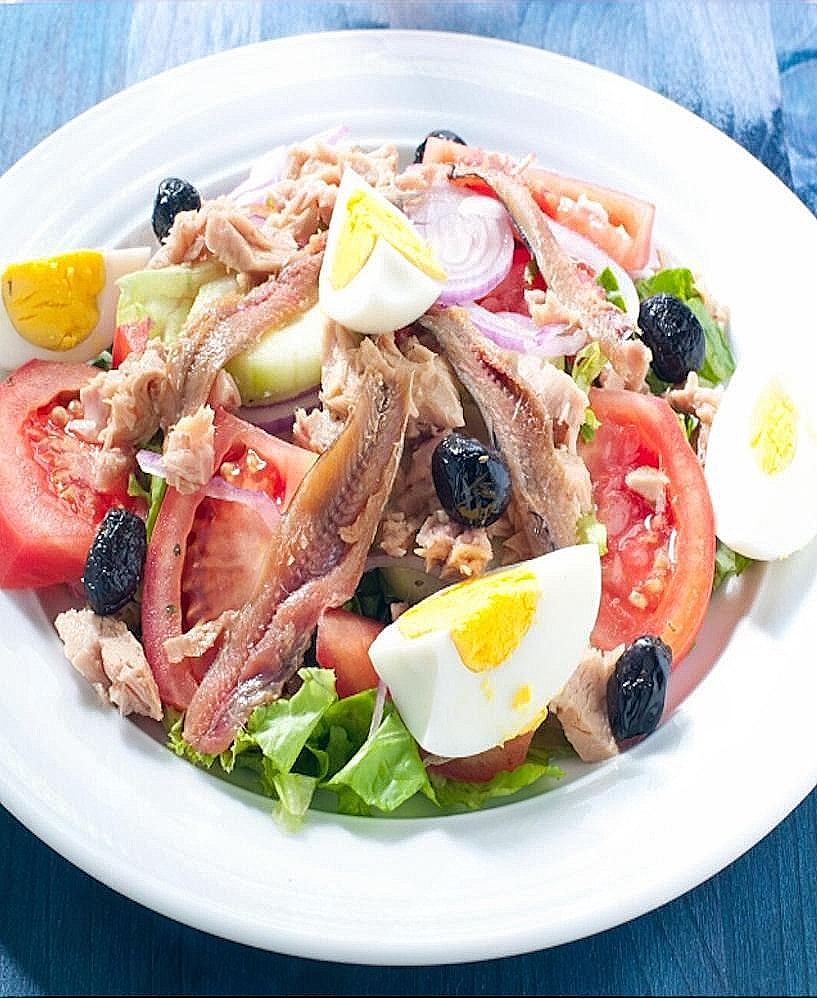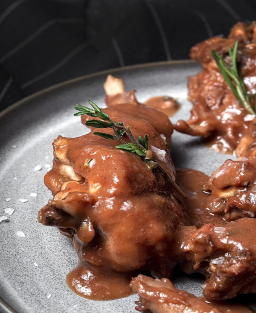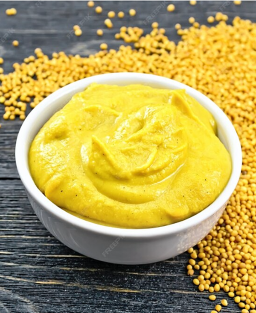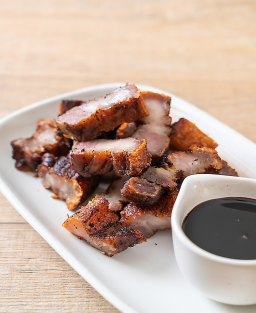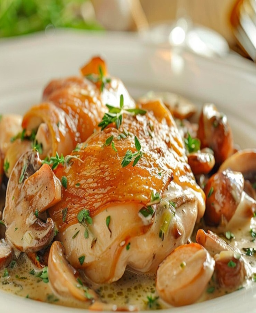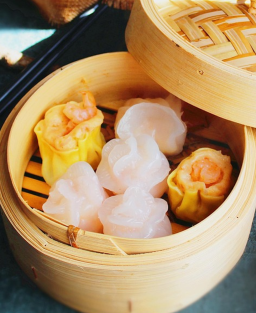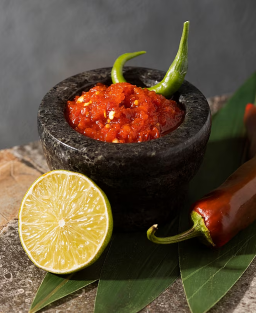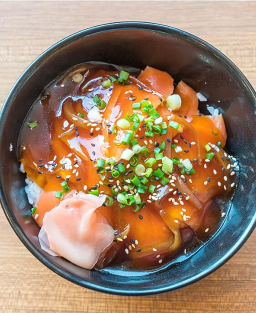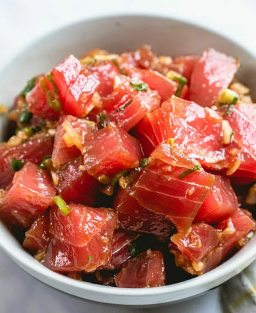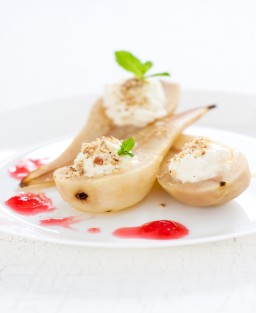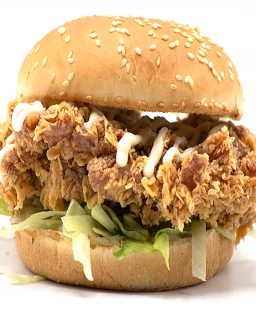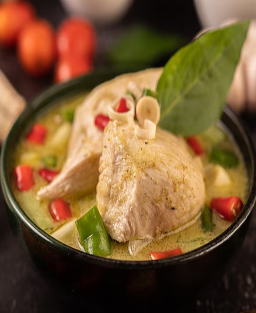- Out-of-Stock
Mediterranean Niçoise Salad, full of freshness, born from the streets of Old Nice and the traditions of the County
Mediterranean Niçoise Salad, full of freshness, born from the streets of Old Nice and the traditions of the County
History, Codification, and Origins of the Niçoise Salad
1. Popular origins: a humble salad born in Old Nice
Niçoise salad is a popular creation that originated in the late 19th century in the working-class neighborhoods of Old Nice.
Originally, it was a simple, raw, and inexpensive dish made from locally available ingredients:
-
ripe tomatoes
-
spring onions (cébettes)
-
olive oil
-
black Niçoise olives
-
sometimes anchovies or tuna in oil
It contained no cooked vegetables or expensive ingredients — it was a seasonal, rustic, nourishing, and colorful salad.
2. Who codified the Niçoise salad recipe?
The codification (defining what is considered “allowed” or “traditional” in the recipe) was mainly carried out by two key defenders of Niçoise cuisine:
-
The association La Capelina d’Or (Nice)
This association actively works to preserve Niçoise culinary traditions, notably by promoting rigorously authentic recipes. It is one of the main guardians of the “official” version of Niçoise salad. -
Jacques Médecin
Former mayor of Nice and author of La Cuisine du Comté de Nice (1972), where he proposed a strict recipe for Niçoise salad.
He excluded green beans, potatoes, and mustard vinaigrette — ingredients often added in modern versions but considered heretical in the local tradition.
"Niçoise salad never contains cooked vegetables."
And Renée Graglia?
Renée Graglia did not officially codify the recipe but was one of its most passionate defenders and ambassadors.
A respected Niçoise chef, she is known for:
-
fiercely defending authentic Niçoise recipes, especially Niçoise salad and pan bagnat
-
fighting against corrupted versions of the salad: green beans, canned tuna, corn, potatoes...
-
actively participating in cooking demonstrations, contests, publications, and events centered on traditional Niçoise cuisine
Though she didn’t write a formal codification, Renée Graglia was a key media and gastronomic figure in transmitting Niçoise culinary values and practices.
3. Codification and protection of the recipe
Over time, Niçoise salad became a symbol of Mediterranean cuisine but also a dish often distorted outside its region of origin (adding green beans, potatoes, rice, corn, mustard vinaigrette, etc.).
-
Codification by Jacques Médecin (1972)
In his book La Cuisine du Comté de Nice, Médecin proposed the version he considered the one true Niçoise salad, excluding:-
green beans
-
potatoes
-
cooked vegetables
-
mustard vinaigrette
-
"Niçoise salad never contains cooked vegetables."
This was the first militant written attempt at codification.
4. Renée Graglia: the great voice of tradition
Born into a family of restaurateurs, Renée Graglia did not officially codify Niçoise salad but was its tireless ambassador.
She strongly opposed all modern deviations and:
-
gave demonstrations at fairs and contests
-
published local culinary columns
-
helped popularize and transmit the authentic version
She is among the major figures who defended Niçoise culinary identity, alongside members of La Capelina d’Or.
5. The spirit of Niçoise salad: raw, fresh, local, uncompromising
What characterizes a codified Niçoise salad is:
-
exclusive use of raw vegetables
-
absence of cooked ingredients like green beans or potatoes
-
respect for seasonality
-
a simple base: tomatoes, spring onions, black olives, tuna or anchovies, hard-boiled eggs, sometimes raw green peppers or purple artichokes
-
seasoned only with olive oil (no mustard vinaigrette)
Codified Niçoise Salad Recipe (purist version)
Ingredients (for 4 people):
-
4 ripe tomatoes (beef heart type or local)
-
4 spring onions
-
1 green pepper (if in season), finely sliced
-
4 hard-boiled eggs (cooked but accepted in tradition)
-
200 g tuna fillets in olive oil
(or 6 to 8 anchovy fillets in oil or salt — never both together) -
A handful of black Niçoise olives (preferably unpitted)
-
A few fresh basil leaves
-
4 tablespoons Niçoise olive oil (preferably AOP)
-
Salt and freshly ground black pepper
Optional seasonal ingredients (but authentic):
-
Raw purple artichokes, thinly sliced (spring)
-
Fresh shelled broad beans (spring)
Preparation:
Wash all vegetables and herbs.
Cut tomatoes into quarters.
Thinly slice spring onions and green pepper.
Boil eggs, cool, peel, and quarter them.
Arrange on a plate or large bowl: tomatoes, spring onions, peppers, eggs, tuna or anchovies, artichokes or broad beans if in season, black olives.
Season with olive oil, salt, and pepper.
Add fresh basil at the last moment, chopped or whole leaves.
Ingredients to absolutely exclude:
-
green beans
-
potatoes
-
rice, corn, mustard vinegar
-
lettuce or leafy greens
-
cooked vegetables
-
capers (often confused but absent in the codified version)
6. A deeply local and Mediterranean inspiration
Niçoise salad expresses:
-
the traditional Niçoise cuisine: rustic, simple, focused on fresh products
-
the Mediterranean: sun, olive oil, tomatoes, fish
-
an unpretentious cuisine tied to a strong cultural identity, transmitted by popular memory, families, and figures like Graglia











